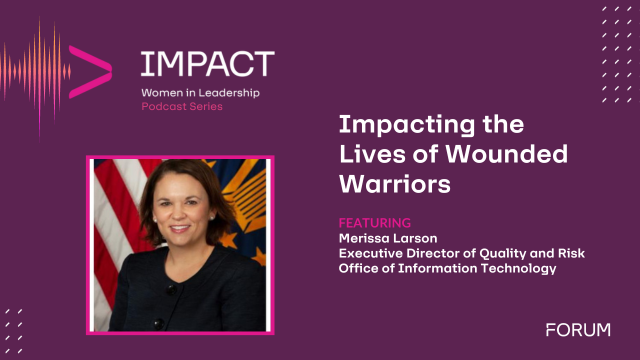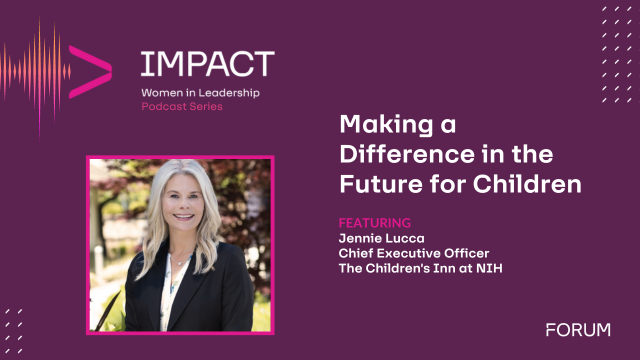This interview with Dave Davidson, Director, Solutions and Technology Integrations at Philips, discusses the importance of leveraging tools, services and APIs in the cloud; the challenges this approach solves; why these solutions are critical for Government; and how Philips’ HealthSuite Digital Platform can support industry in driving their efforts.
Cloud for Better Shared Services
There are many benefits to using cloud-based services and application programming interfaces (APIs), one crucially being that it allows developers to more quickly develop and deploy solutions at a lower cost. However, there are regulatory challenges to overcome when building Healthcare solutions, which require added orchestration to uplift native cloud infrastructure services to ensure they are Healthcare compliant. By adding this orchestration and the abstraction of APIs to the native cloud vendor services, it is possible to provide out-of-the-box services for Healthcare applications built for the cloud – without an additional effort on the part of developers.
Through Philips HealthSuite Digital Platform (HSDP), businesses can build out solutions on top of what is provided: a Healthcare regulatory compliant Platform as a Service (PaaS). It is not an end solution, but instead allows developers to take advantage of the cloud, becoming more flexible and agile.
HSDP offers a unified platform, breaking down data silos. It creates the bridge (or data clearinghouse), helping to move solutions that may have already existed but didn’t have the level of orchestration needed to support Healthcare, to the next level with less effort.
Think of this as a Center of Excellence, where developers can learn from deployed services and best use cases through which development teams can understand how to best move forward.
COVID-19 Spotlighted the Cloud Business Model for Government
It’s well-known that the cloud is consumed in an operational model. This is ideal for scaling up or down as needed – and especially important when trying to launch new and innovative solutions into the market.
As the Government has tried to handle its assets – all of the components needed to provide care for health consumers – in the past, it has lacked a comprehensive view. The pandemic brought this to light, as Government health systems struggled to understand where resources such as ventilators were located. COVID-19 also induced extra effort when it came to identifying and locating people with needed specialities, and how to fully engage with them in the best and most efficient way.
There are a number of Requests for Proposals and Information (RFP, RFI) coming out of the U.S. Government now looking for exactly this kind of comprehensive solution, so one can see firsthand the Government trying to understand how to get vendors working together for a global, interoperable view.
This is exactly what HSDP can facilitate: breaking down data silos, bringing in data regardless of type or source (vendor and data agnostic) and allowing for the creation of data visualization.
This, ultimately, is what will be required for a truly longitudinal view of patient records. Picture a Veteran with a chronic condition who is typically being cared for by somebody else – a family member or loved one. The caregiver, Veteran and VA hospital all have their own bits of data and information on the patient. For the best possible patient care, all data must be correlated and aggregated in full compliance with the relative cybersecurity standards for Healthcare solutions deployed in the cloud.
The Banking Model
For ages, people have discussed how the financial industry gets it right when it comes to data. Under the finance model, there is a clearinghouse for data that all files into a normalized repository. There, anyone who needs it and should have access can get the banking information they need for actionable insights. In Healthcare, there is still a disparate approach that prevents the seamless flow and integration of data.
For financial transactions, such as shopping at the store, consumers don’t need to carry around documentation to prove their financial holdings; it is all accessible and available via the cloud. This is where and how the Healthcare industry needs to grow to help reduce costs, improve outcomes and become more efficient.
Healthcare companies must stop hoarding and start truly sharing to effectively transform care delivery models.
How the HSDP Model Solves for Industry
The biggest challenge for most Healthcare applications is the barrier of entry for cloud services that medical regulations require. Guidelines like HIPAA are costly and time consuming, albeit crucially important. Leveraging the HSDP platform, development teams reduce their time and costs through attestation right at the infrastructure level, so the business only needs to look at the application itself.
Within HSDP, cloud services can be combined and applied in different ways including with IoT and authentication. And no matter how one uses the applications, the base certification remains. It doesn’t matter if a service is removed or another added, the ability to collaborate is still there.
The Future
HSDP is a great facilitation technology and a next-generation operating system for Government. By employing collaborative cloud solutions and products that leverage this technology, Government can better aggregate and store data, actively eliminate silos and position Federal agencies as the leader in Healthcare.
Click here to learn more about Philips’ interoperability and cybersecurity capabilities.
*Results from case studies are not predictive of results in other cases. Results in other cases may vary.
About Dave Davidson
 Dave Davidson started his career at Philips in 2005 as the Technical & Clinical Sales Manager for the enterprise imaging informatics business group. Dave held a number of roles in that business, helping to drive sales to exceed quotas for eight consecutive quarters and doubling its market share before moving to the HealthSuite business group in 2016. For the past two years, Dave has been focused on HealthSuite Business Development in North America and helping third parties interested in developing and moving Healthcare solutions to the cloud.
Dave Davidson started his career at Philips in 2005 as the Technical & Clinical Sales Manager for the enterprise imaging informatics business group. Dave held a number of roles in that business, helping to drive sales to exceed quotas for eight consecutive quarters and doubling its market share before moving to the HealthSuite business group in 2016. For the past two years, Dave has been focused on HealthSuite Business Development in North America and helping third parties interested in developing and moving Healthcare solutions to the cloud.
About Philips
Philips is a leading health technology company focused on improving people’s health and enabling better outcomes across the health continuum – from healthy living and prevention, to diagnosis, treatment and home care.
Philips HealthSuite Digital Platform
Philips HealthSuite Digital Platform connects devices and data; aggregates clinical and consumer data; stores data securely; shares data; supports analysis; and creates solutions that make data.












